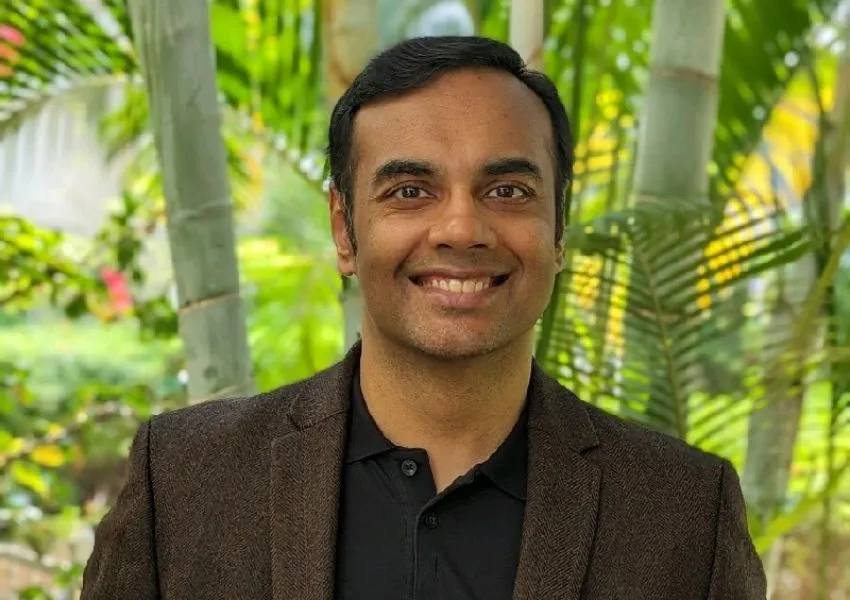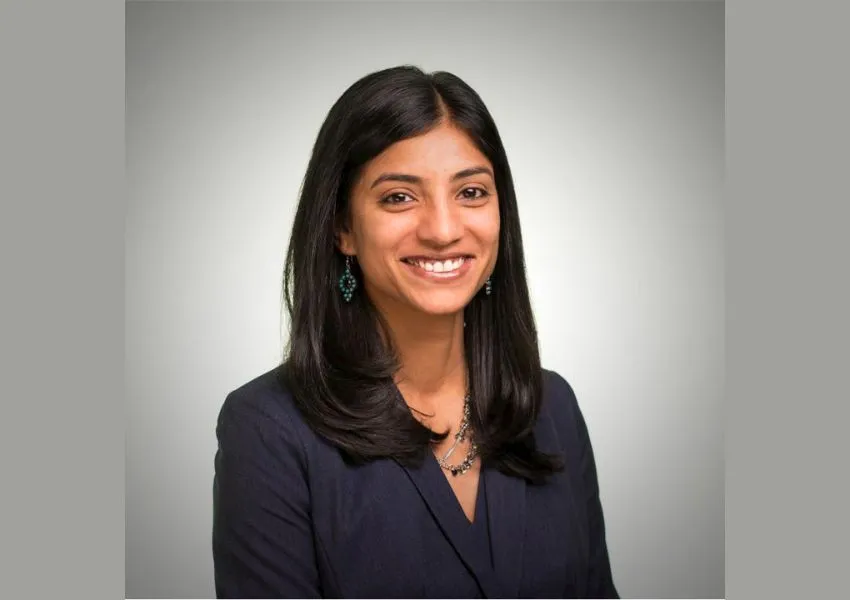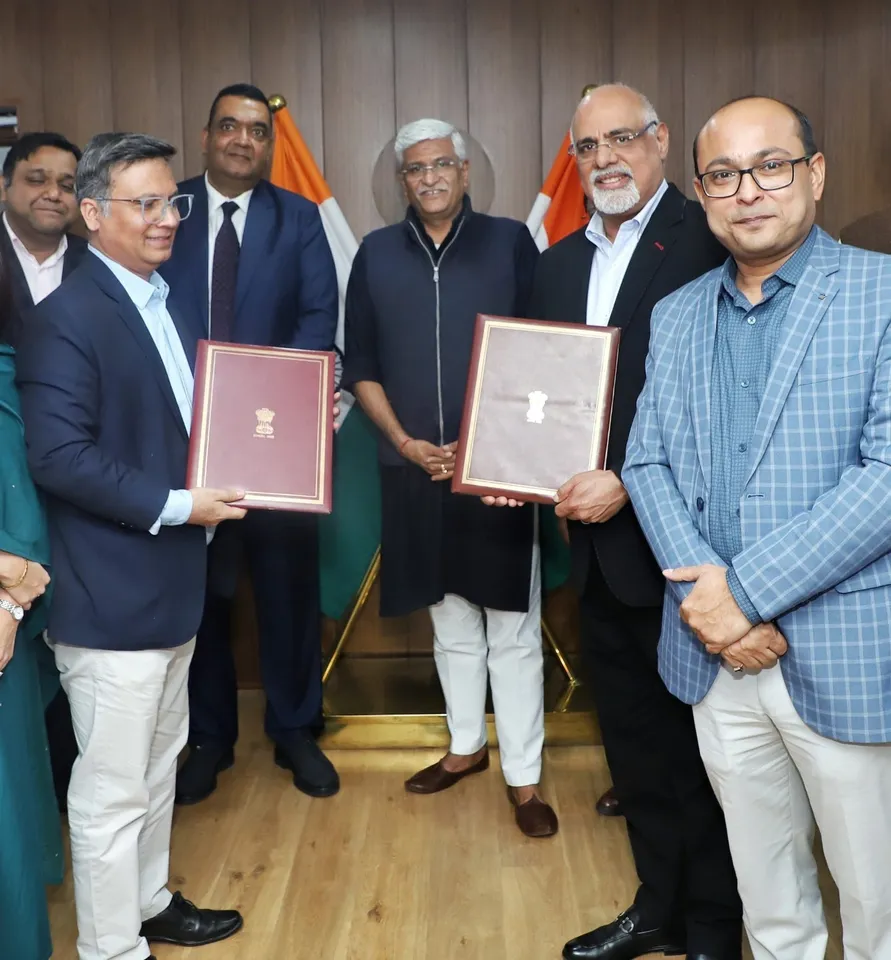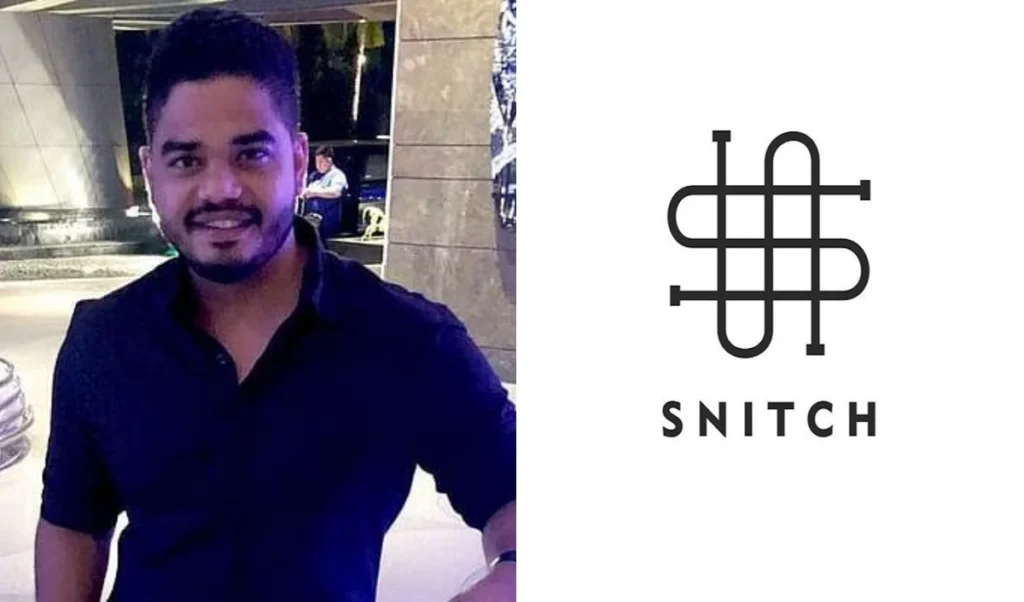The game is on, And how. As Bengal inched towards the first phase of an assembly election that has implications not just for the state but for the entire country, all stakeholders brought out their heavy artillery.
In an indication of how big the Bengal prize is, the Bharatiya Janata Party had all its big guns descend upon the state. Prime Minister Narendra Modi is the party’s star campaigner, slated to address more than 25 rallies over the poll period. Union home minister Amit Shah set up camp in the state, closely monitoring all aspects of the election, from candidate selection to booth management to holding more than 50 rallies. Other luminaries, such as Yogi Adityanath, criss-crossed the state, calling out Ramdrohis (those opposing the ‘Jai Shree Ram’ chant), while Union defence minister Rajnath Singh had everyone guessing on their chief ministerial candidate by dropping broad hints such as asking BJP workers to step out and hit a boundary like Sourav Ganguly.
“They are carpet-bombing the state. Bengal is a prestigious battle for Amit Shah and he is throwing all his weight behind it,” says a state vice-president, requesting anonymity. This perhaps explains why Shah, in an effort to put a lid on the rebellion brewing in the state unit over distribution of tickets to TMC turncoats such as Biswajit Kundu, Arindam Bhattacharjee and Rabindranath Bhattacharjee, decided to stay back for another night in Kolkata. He was up till the wee hours to address grievances and control damage. On March 16, all state leaders were called to Delhi and given a dressing-down for allowing internal dissensions to come out in the open.
Meanwhile, the party finalised its list of candidates for the state’s 294 seats. The prominent names include Rajya Sabha MP Swapan Dasgupta (Tarakeshwar), economist Ashok Lahiri (Balurghat), Suvendu Adhikari (Nandigram), cricketer Ashok Dinda (Moyna), Union minister Babul Supriyo (Tollygunge), ex-IPS officer Bharati Ghosh (Debra) and retired deputy army chief Lt Gen Subrata Saha (Rashbehari).
Against this aggressive BJP onslaught, a wheelchair-bound Mamata with bandaged leg has been playing the victim card to the hilt in rally after rally. It’s a ploy she has used before, most notably as a youth Congress leader in the 1990s, when she went around with a bandaged head, claiming she had been attacked by a CPI(M) youth wing leader. “The CPI(M) wanted to finish me and now the BJP is playing the same game. They have injured my leg but cannot throttle my voice,” she keeps repeating in her rallies.
Mamata’s target is the state’s woman voter, who forms 49 per cent of the electorate. If she wins their vote, it will be half the battle won. And it is their sympathy she is playing upon. The turnout at her rallies after her injury featured a fair number of women. “There are 47 stitches on my head,” she told a gathering at Keshiary village in West Midnapore, where ASHA and ICDS workers formed part of the crowd, perhaps obliged to attend because the incumbent government has increased their salary from time to time, brought them under the Swasthya Sathi health insurance scheme and assured them post-retirement benefits. “My arms were broken and then they tried to break my leg so that I could not go out to campaign. I am in pain and the clot in my leg hasn’t healed. But my dear mothers and sisters, do you think I will stay indoors while snakes and tigers roam around?”
Her game plan is clear. “Mamata has whipped up a kind of fear psychosis,” says Amal Kumar Mukhopadhyay, former principal of Presidency University. “She is equating Modi and Shah with dwaityo-danob (demons), a party of Dushasanas and Duryodhanas. Evoking such imagery reinforces the narrative that women in BJP-ruled states like Uttar Pradesh and Madhya Pradesh are not safe and incidents like Hathras and Unnao cannot be stopped.”
Mamata is promising Bengal’s women safety from ‘outsider’ BJP as well as more women-centric schemes and programmes if she returns to power. In its recently published manifesto, the TMC has promised Rs 500 for women of the general caste as pocket money. For SC/STs, it is double the amount. “Even the Swasthya Sathi card is being dispatched in your name, and will cover parents as well as in-laws,” Mamata reminds the women in her audience.
But for her to do something for them, these women will have to support her first and be her crutches. “I will be able to play with one leg provided my mothers and sisters support me. If I can come here and campaign with my broken leg, won’t you do a bit of running for me to help me accomplish my task?” she asks them.
“Mamata is consciously using her injured leg to win the sympathy of rural women,” adds Mukhopadhyay. “She’s modulating her voice to make them feel sorry for her and judge her in a new light, setting aside grievances of having to pay ‘cut money’ bribes and politicisation of government doles. She knows educated, urban women won’t accept her lies.”
Mamata is also wooing the SC/ST/OBC voters. This comes after realising that the TMC’s losses in the Jangalmahal areas (Bankura, Purulia and parts of West Midnapore), North 24 Paraganas and Nadia were on account of the shift of the SC/ST vote to the BJP and the loss of seats in Hooghly, Howrah and West Midnapore was due to the transfer of OBC votes saffronwards. Mamata now invokes Jai Jwahar, Jai Marang Buru or Thakur Jiu regularly. In her vote-on-account budget on February 5 this year, she announced a monthly pension of Rs 1,000 (Jai Jwahar or Jai Bandhu Prakalpa) for SC/STs. Now, in the party manifesto, Mamata has announced an additional monthly provision of Rs 1,000 as pocket money for them and OBCs. The big push for a transparent and prompt government delivery mechanism—‘Duaare Sarkar’, which Mamata initiated prior to the announcement of the poll dates—distributed 1.7 million caste certificates and several thousand OBC certificates. The Mahishya, Tili, Tamul and Saha castes, which comprise a sizeable population in 45 assembly seats, have been promised OBC status, which they had been denied so far because these communities were considered privileged and part of the mainstream. The announcement came on March 19, a day after BJP national president J.P. Nadda declared that those eligible for reservation as per the Mandal Commission will be considered.
According to Prasanta Ray, professor emeritus of Presidency University, Mamata is constantly expanding her net of beneficiaries. “She has moved beyond caste lines to include class and gender. How would you categorise the promise of Rs 10,000 going into the accounts of each student of class XII to buy tablets or the announcement of a credit card with a limit of Rs 10 lakh for students at 4 per cent interest? Cutting across income levels, she’s giving a monthly pocket money of Rs 500 to every, even ‘general caste’, home-maker,” he says.
Alongside, she is trying not to alienate the Hindu vote entirely. According to a CSDS-Lokniti post-poll analysis of the 2019 Lok Sabha results, the BJP secured 57 per cent of the Hindu vote; the TMC netted the remaining 43 per cent. It is evident that the BJP’s charges of minority appeasement had begun to stick. Mamata’s criticism of the Balakot air strikes and the Batla House encounter was also seen as evidence of this alleged bias.
As a result, Mamata, while toning down her rhetoric on regional sub-nationalism or Bengali pride, has also succumbed to competitive communalism, going overboard to prove her Hindu credentials and reciting Chandi shlokas in her campaign speeches. The TMC manifesto consciously omitted listing what she has done for the minorities. The number of Muslims in the TMC’s list of candidates has also come down, from 57 in 2016 to 44 this time, a representation of 14 per cent.
Political observers see these manoeuvres as panic responses. “The Lok Sabha results have shown that she (Mamata) has substantially lost the Hindu vote and now, with Muslim outfits in the poll fray, she is afraid she won’t be able to hold on to her Muslim votebank. But I think her fears are unfounded. These outfits are untried and untested and, at a time of strong polarisation, Muslims may just cling to her with greater force,” says Ray.
Yet, there is no denying Mamata’s nervousness, though the ‘wounded tigress’ appellation fits her like the plaster cast on her foot. As the BJP unleashes all its might on the state, with Prime Minister Modi attracting large crowds at his rallies, Mamata reminds her voters: “This is not a vote for Modi. This is a vote for the Ma-Maati-Manush government. I can only come to power if you vote for my candidates.”
This in itself is a radical departure from 2016 when she told voters that it did not matter who represented the seat, she was the candidate in all 294 constituencies. Five years down the line, in the face of massive anti-incumbency, mass defections and veterans developing cold feet, Mamata can no longer afford to say that she and she alone can turn around the fortunes of her party. Hence her humility. “Each of your votes will help strengthen my party’s chances of forming the next government,” she beseeches the electorate with folded hands. “If you want me to come to power, you have to make my candidates win,” she said at the Keshiary rally, while introducing the TMC candidate, Birbaha Tudu Hansda. “She’s a well-known film actress and is your own daughter,” she added, asking Birbaha to stand up and seek people’s blessings.
In this do-or-die battle, where each seat matters and each vote counts, Mamata has assigned herself the role of the goalkeeper, saving Bengal from the “outsiders, plunderers, looters eyeing to conquer and acquire Bengal by force”. She dares the BJP to score a goal, best exemplified in the obscure graffiti of Mamata placing her broken foot on Modi’s head as though it were a football. She needs to be careful though, lest she ends up scoring a self-goal.
Read India Today magazine by downloading the latest issue: https://www.indiatoday.com/emag














